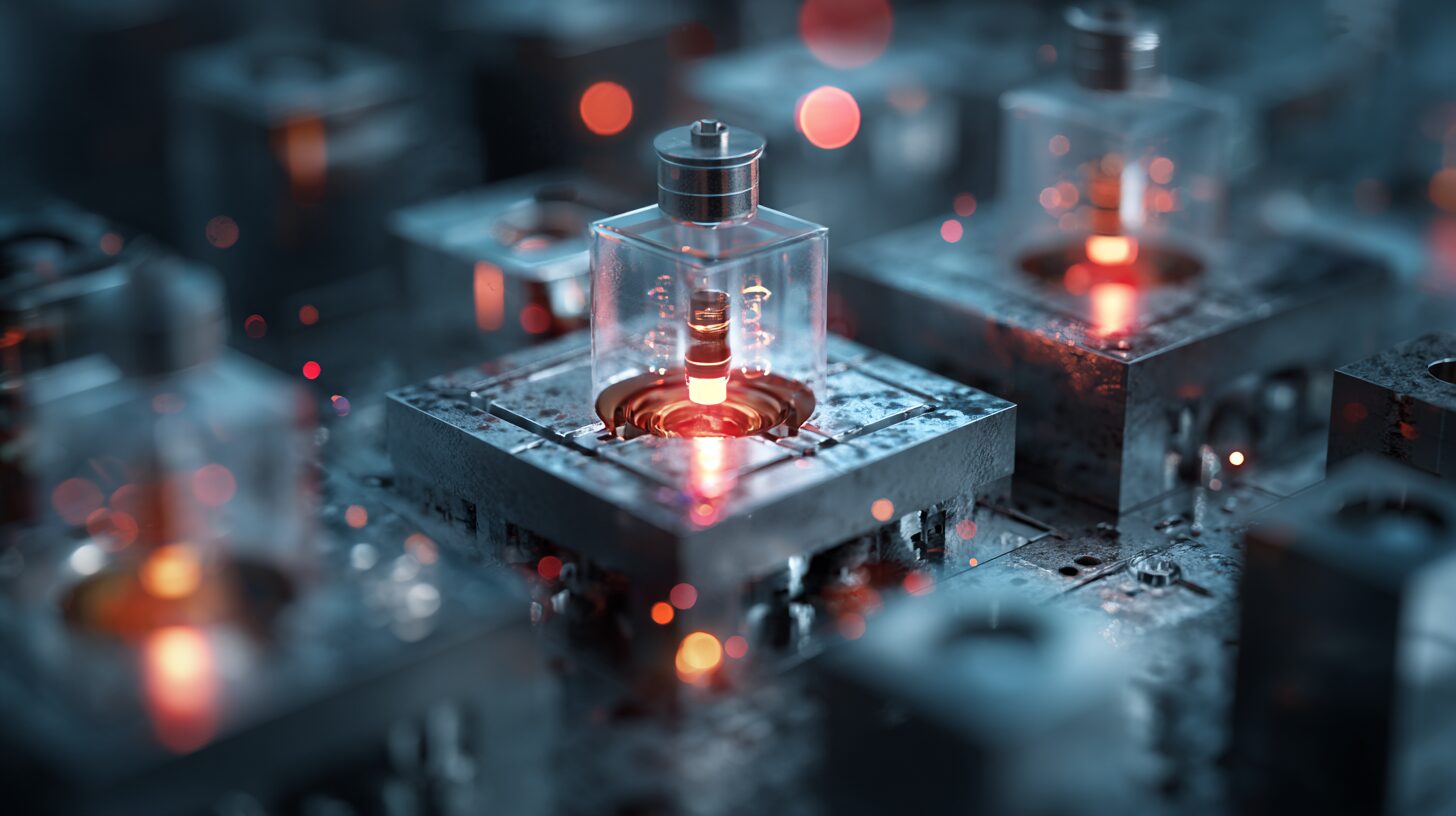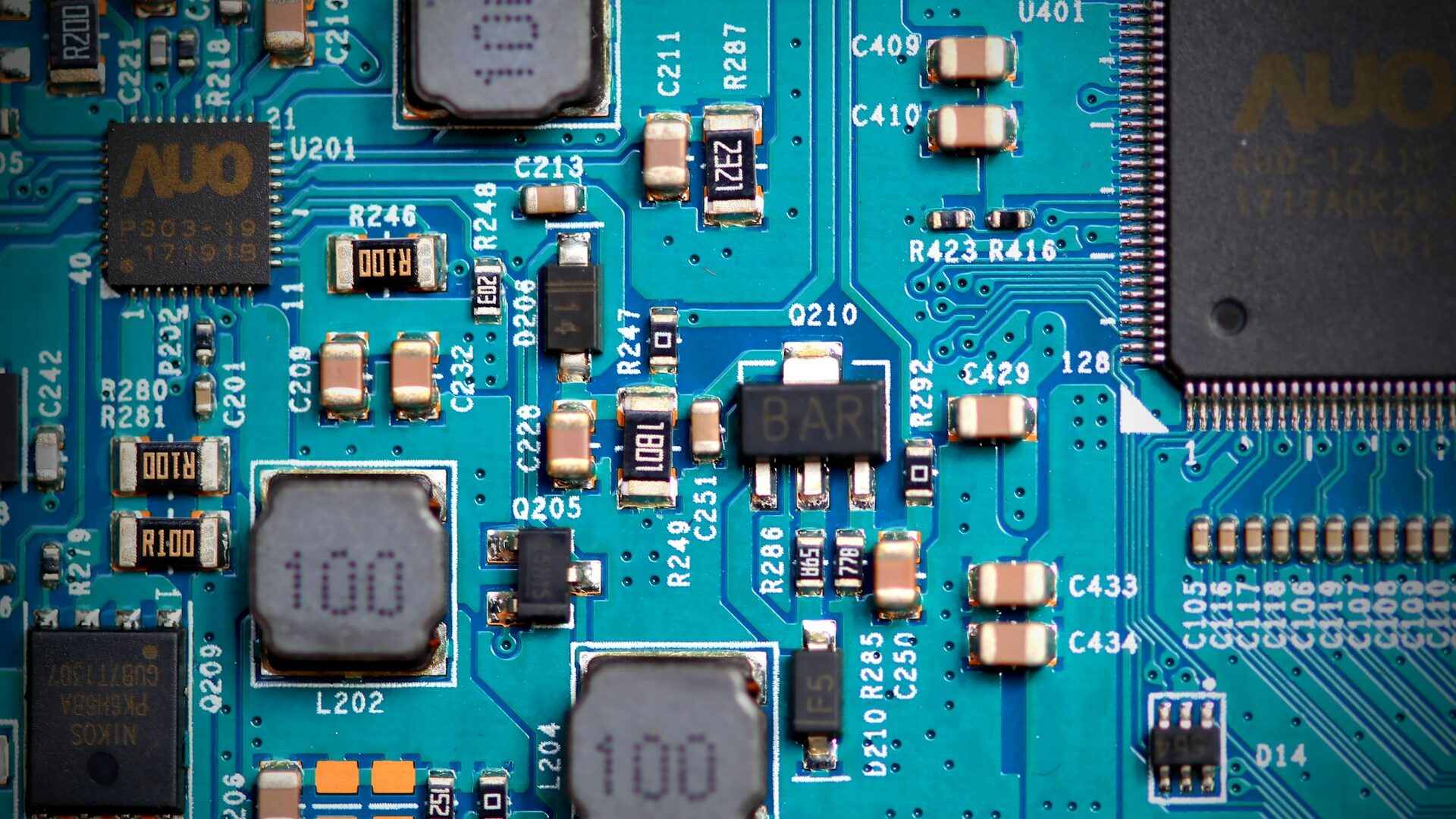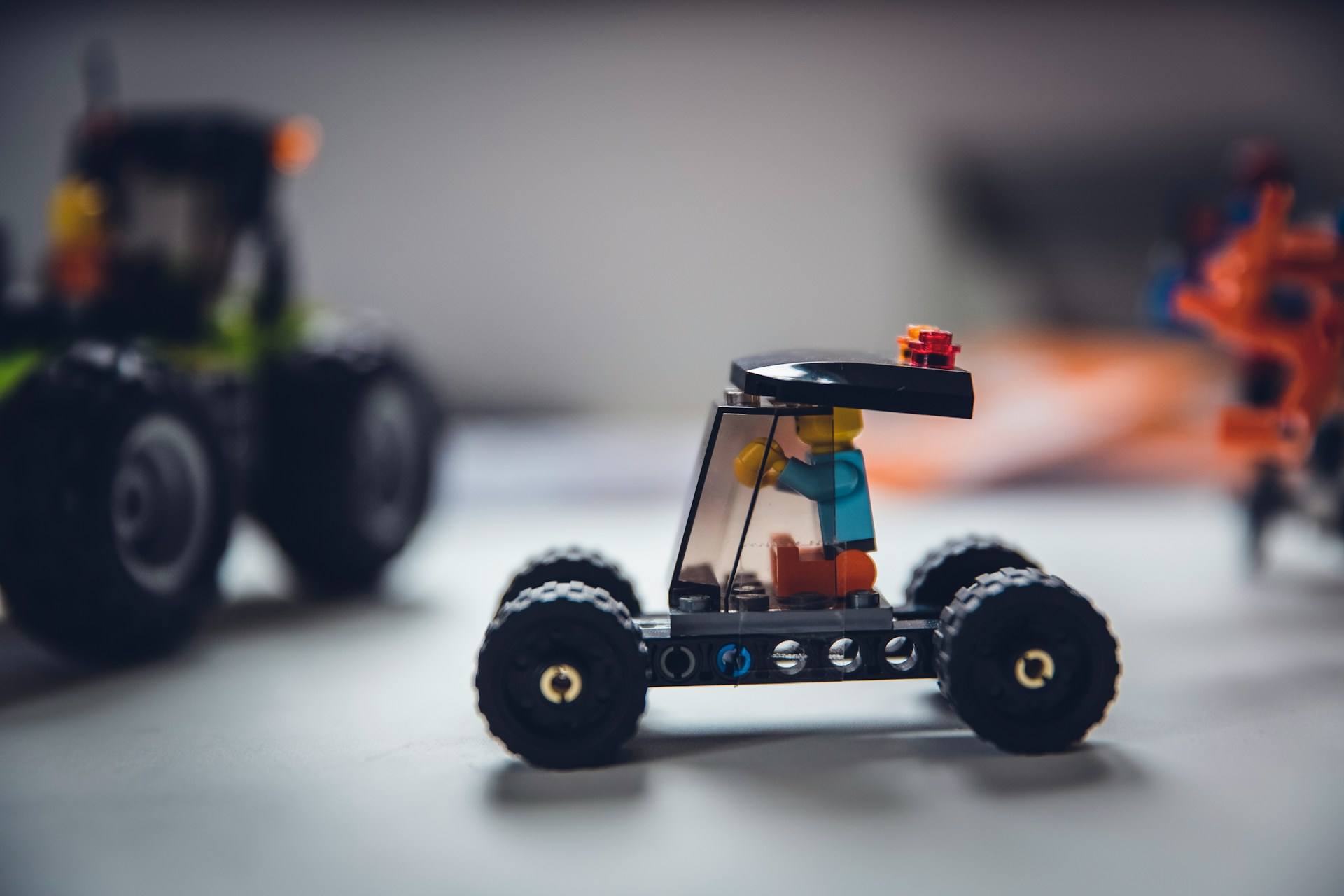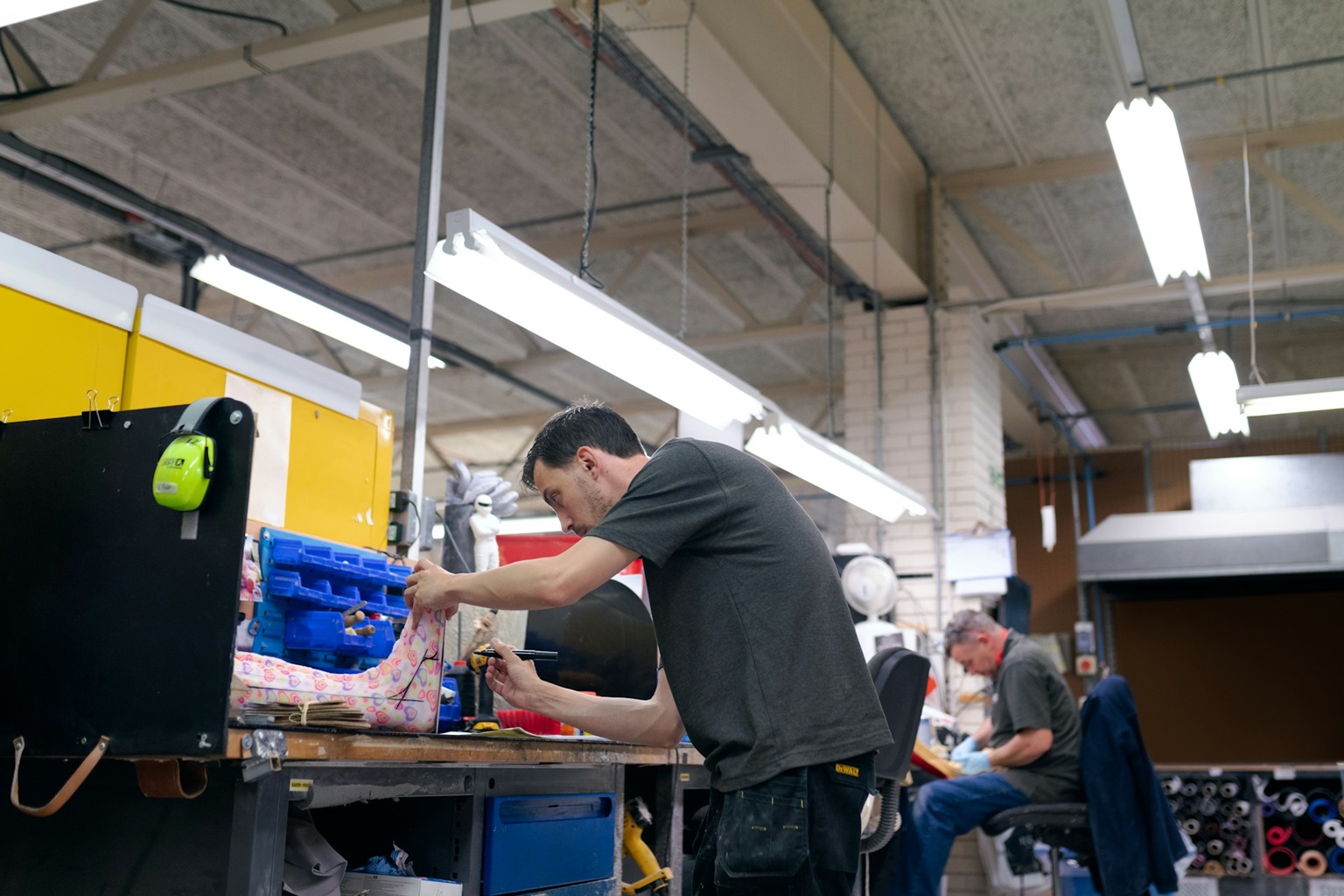
The Rise of Multi-Axis EDM: How Advanced Electrical Discharge Machining is Transforming Defense Components
August 22, 2025 - Ellie Gabel
Revolutionized is reader-supported. When you buy through links on our site, we may earn an affiliate commission. Learn more here.
Electrical Discharge Machining (EDM) has long been part of producing intricate metal parts. Traditionally, it offered a level of precision that conventional machining couldn’t match. However, today the technology has moved beyond its earlier boundaries. Multi-axis EDM is emerging as a game-changer — particularly in the defense sector — where component reliability, complexity and precision can mean the difference between mission success and failure.
How EDM Works
The principle behind EDM is deceptively simple yet highly effective. Instead of using a sharp cutting edge, EDM employs controlled electrical discharges to erode material from the workplace. Each spark vaporizes tiny portions of metal, gradually shaping the component to exact specifications.
Unlike conventional machining, this process introduces no mechanical distress or distortion, making it ideal for superalloys, hardened steels and exotic metals often used in defense applications. Multi-axis EDM preserves these advantages while expanding the range of achievable designs, giving engineers far greater freedom in how they approach component creation.
Complex Geometries Made Practical
One of the most compelling advantages of multi-axis EDM is its ability to handle intricate geometries. Components with deep internal cavities, sharp corners and compound angles are notoriously difficult to produce with traditional methods. Multi-axis systems can manipulate the electrode across multiple planes, allowing for the machining of highly complex shapes in fewer setups.
This capability is a game-changer for defense contractors. They can produce turbine blades with internal cooling channels and missile guidance housings with precise counters faster and more reliably than before.
Efficiency Gains in Defense Manufacturing
Defense manufacturing has always been under pressure to balance cost, efficiency and uncompromising quality. Multi-axis EDM supports all three. By reducing the number of secondary operations, manufacturers minimize material waste, lower tool wear and save valuable machine hours. Streamlined workflows also shorten lead times, which is particularly critical when defense projects operate on tight schedules.
Faster production means faster delivery to the field, ensuring that defense systems are equipped with the most advanced technology available. At the same time, greater precision improves part performance, reducing the likelihood of failures under extreme conditions.
Unlocking New Design Freedom
Traditional machining methods often force engineers to compromise between what they want to build and what is feasible to manufacture. Multi-axis EDM changes that. With the ability to produce shapes previously considered unworkable, design teams can focus on optimizing function, weight and durability without old limitations constraining them.
Early-stage prototyping and design-for-manufacturability efforts bridge the gap between complex machining, welding, assembly and inspection. The result is a component that seamlessly integrates into larger systems and contributes to success.
This opens up opportunities for innovation across the board — from lighter aircraft structures and more efficient weapon systems to miniaturized electronics for advanced communications. Even small gains in efficiency or durability can translate into significant advantages in the field, and multi-axis EDM makes those advances possible.
Reliability in the Field
Beyond efficiency and design flexibility, multi-axis EDM enhances overall reliability. Each additional step in a traditional machining process introduces risk of misalignment, tool wear or dimensional inconsistencies.
By eliminating many of these steps, multi-axis EDM reduces the likelihood of defects and ensures uniformity across production runs. This results in a higher degree of reliability in mission-critical equipment, whether it’s a jet engine component designed to withstand extreme heat or a precision trigger mechanism for a firearm. The assurance that equipment will perform as intended is invaluable for defense forces operating in harsh, unpredictable environments.
A New Era for Defense Mechanisms
The defense sector is moving into an era that expects speed, precision and innovation. Multi-axis EDM aligns perfectly with these demands. It enables the creation of lighter, stronger and more intricate parts without compromising quality. It also supports sustainability goals by reducing waste and maximizing the use of costly raw materials.
Precision Driving the Future of Defense
Multi-axis EDM represents a shift in how defense components are built and what they can achieve. Balancing precision, efficiency and design freedom allows engineers and manufacturers to push beyond previous limitations. As defense technology continues to evolve, this advanced form of machining will be critical in ensuring that systems protecting nations are as reliable and innovative as possible.
Revolutionized is reader-supported. When you buy through links on our site, we may earn an affiliate commission. Learn more here.
Author
Ellie Gabel
Ellie Gabel is a science writer specializing in astronomy and environmental science and is the Associate Editor of Revolutionized. Ellie's love of science stems from reading Richard Dawkins books and her favorite science magazines as a child, where she fell in love with the experiments included in each edition.






